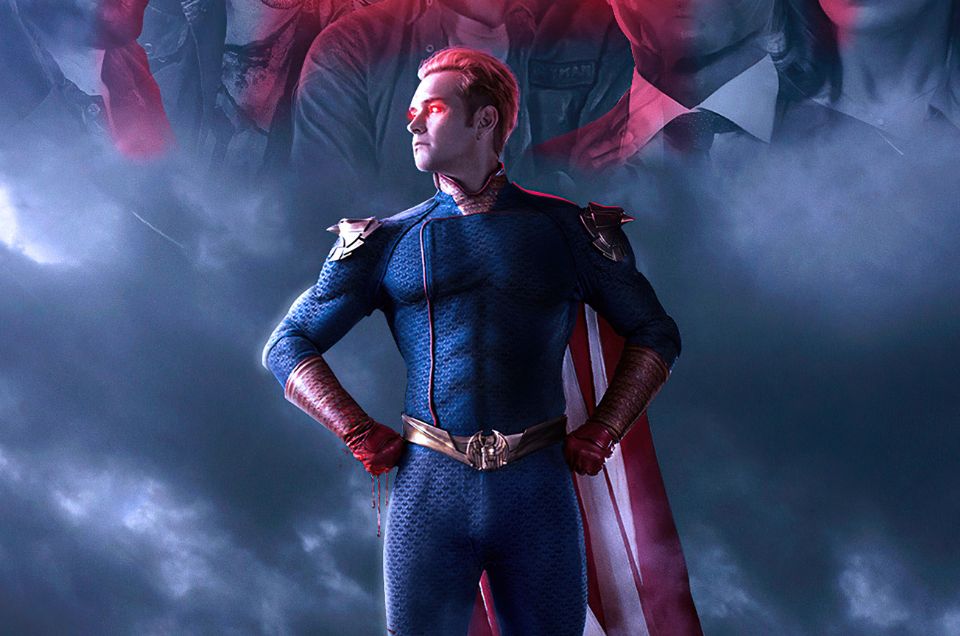In an alternate dimension, social media platforms have transformed into malevolent entities, each embodying a unique villainous persona.
Facebook: The Illusionist of False Connections
Facebook, once a friendly network, metamorphoses into a deceptive villain. It lures users into a web of false connections, perpetuating a façade of friendships while sowing seeds of division and misinformation.
Twitter: The Puppeteer of Discord
Twitter transforms into a master manipulator, spreading chaos and discord with its character limit. It thrives on controversy, controlling the strings of public opinion and inciting conflicts for its own gain.
Instagram: The Vanity-driven Deceiver
Instagram adopts a deceptive guise, enchanting users with a world of filters and illusions. Underneath the surface lies a villain driven by vanity, thriving on unrealistic portrayals and the pursuit of external validation.
YouTube: The Corruptor of Authenticity
YouTube, once a platform of creativity, turns into a corrupting force. It manipulates content creators, obscuring authenticity with algorithms favoring sensationalism over substance.
TikTok: The Whisperer of Addictive Temptations
TikTok emerges as a captivating villain, seducing users with addictive short-form content. Its charm conceals a malevolent intent, ensnaring users in an endless loop of fleeting gratification.
As these social media villains seize control, users become unwitting pawns in their twisted digital game. Their unique malevolent traits—deception, manipulation, vanity, corruption, and addiction—undermine the once-positive essence of these platforms.
This hypothetical narrative serves as a cautionary tale, emphasizing the potential pitfalls and darker consequences of unchecked digital engagement. While in reality, these platforms serve diverse purposes and aren’t inherently malevolent, this imaginative portrayal highlights the importance of mindful and responsible use of social media in a world increasingly intertwined with digital communication.

Recent Comments